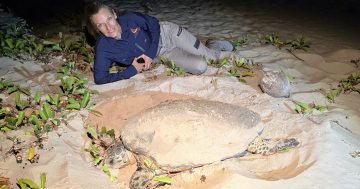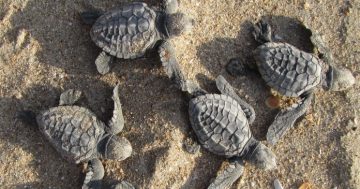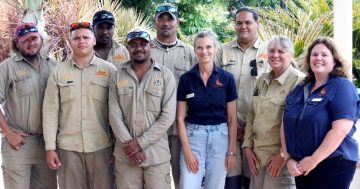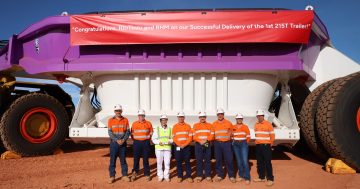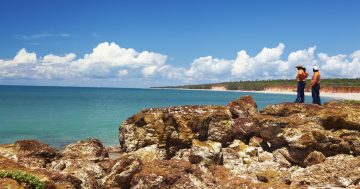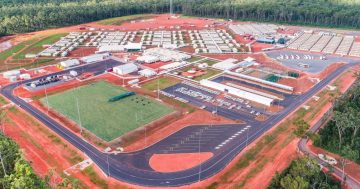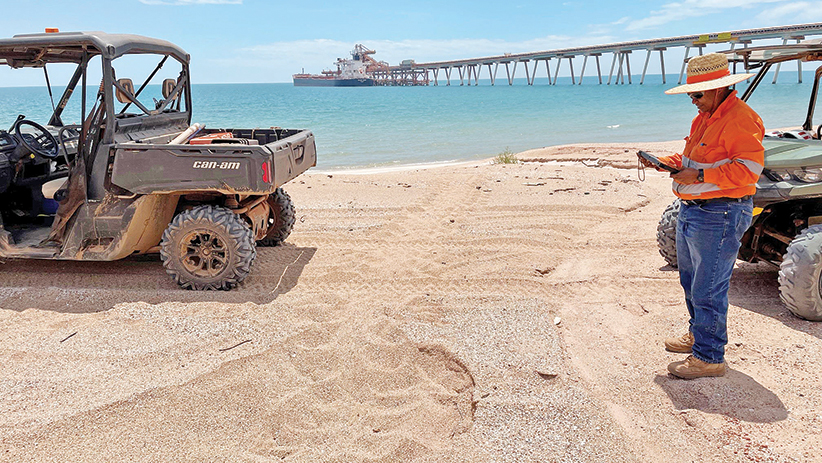
TURTLE monitoring around Rio Tinto’s Amrun mine has shown the unusual benefit of a mining company that improves the environment around it.
Before the Amrun mine was constructed, turtle hatchings were rare in that part of the Cape, mostly because feral pigs predated nests.
Rio Tinto’s land and sea advisors have been monitoring the nearby beaches since 2016, a year when only one successful nest had hatchlings reach the ocean.
“The ways in which the team has tracked and followed up their findings has been constantly changing,” a Rio Tinto spokesperson said.
“This year, the team have recorded a wide variety of nests successfully making it to the sea.”
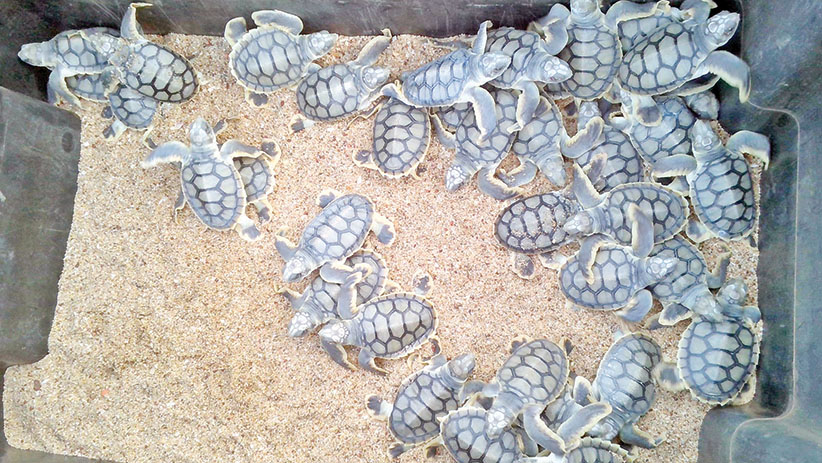
Rio Tinto recorded 102 flatback, 20 hawksbill, 13 olive ridley and 10 green turtle nests that had successful hatchlings.
“The monitoring begins in March each year and extends all the way through to December,” the spokesperson said.
“Throughout this time, various methods of control are put into place to ensure each turtle has the best chance of survival.
“This includes a feral pig control regime and software to complement the way the land and sea team record their findings.”


